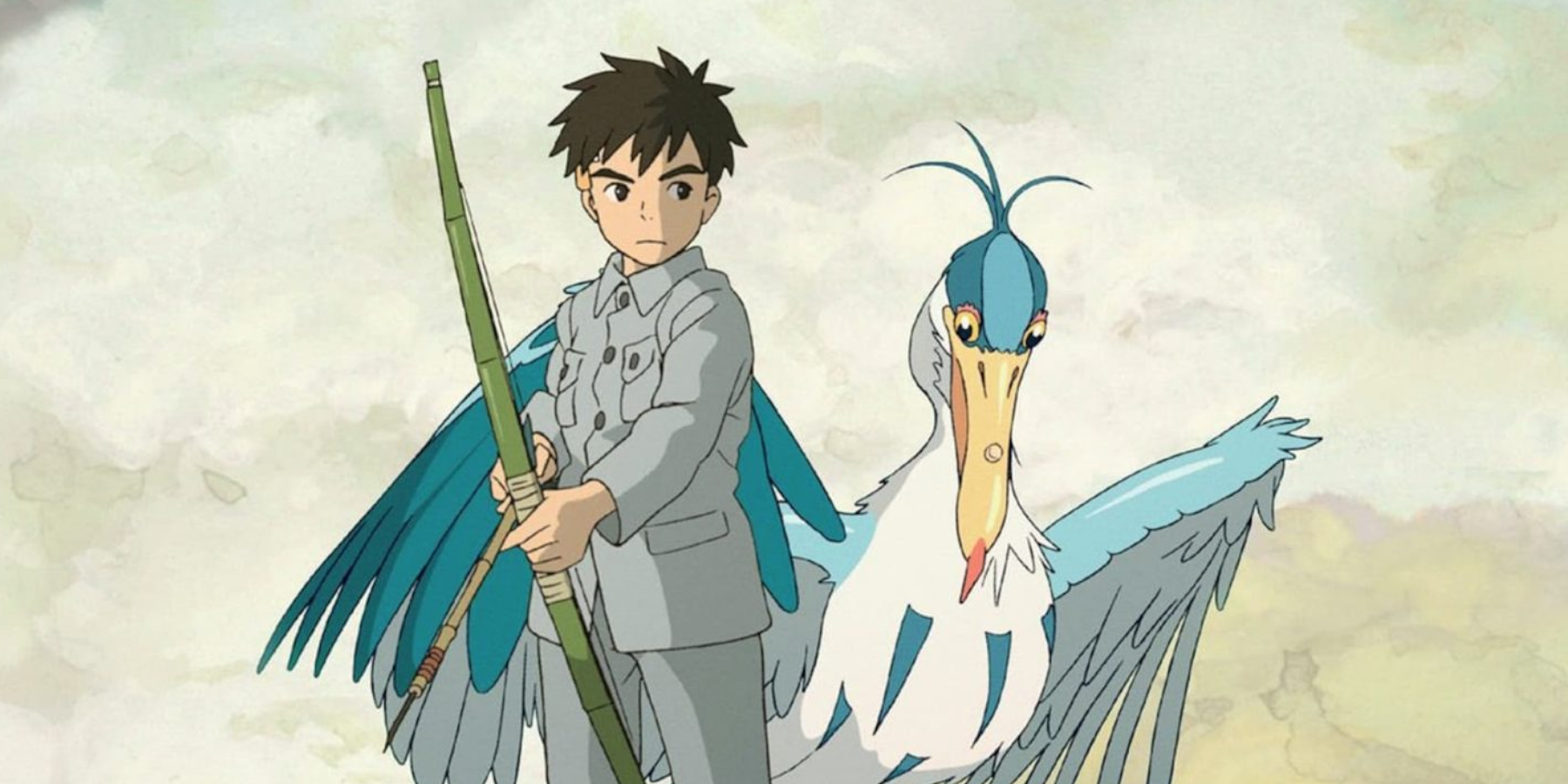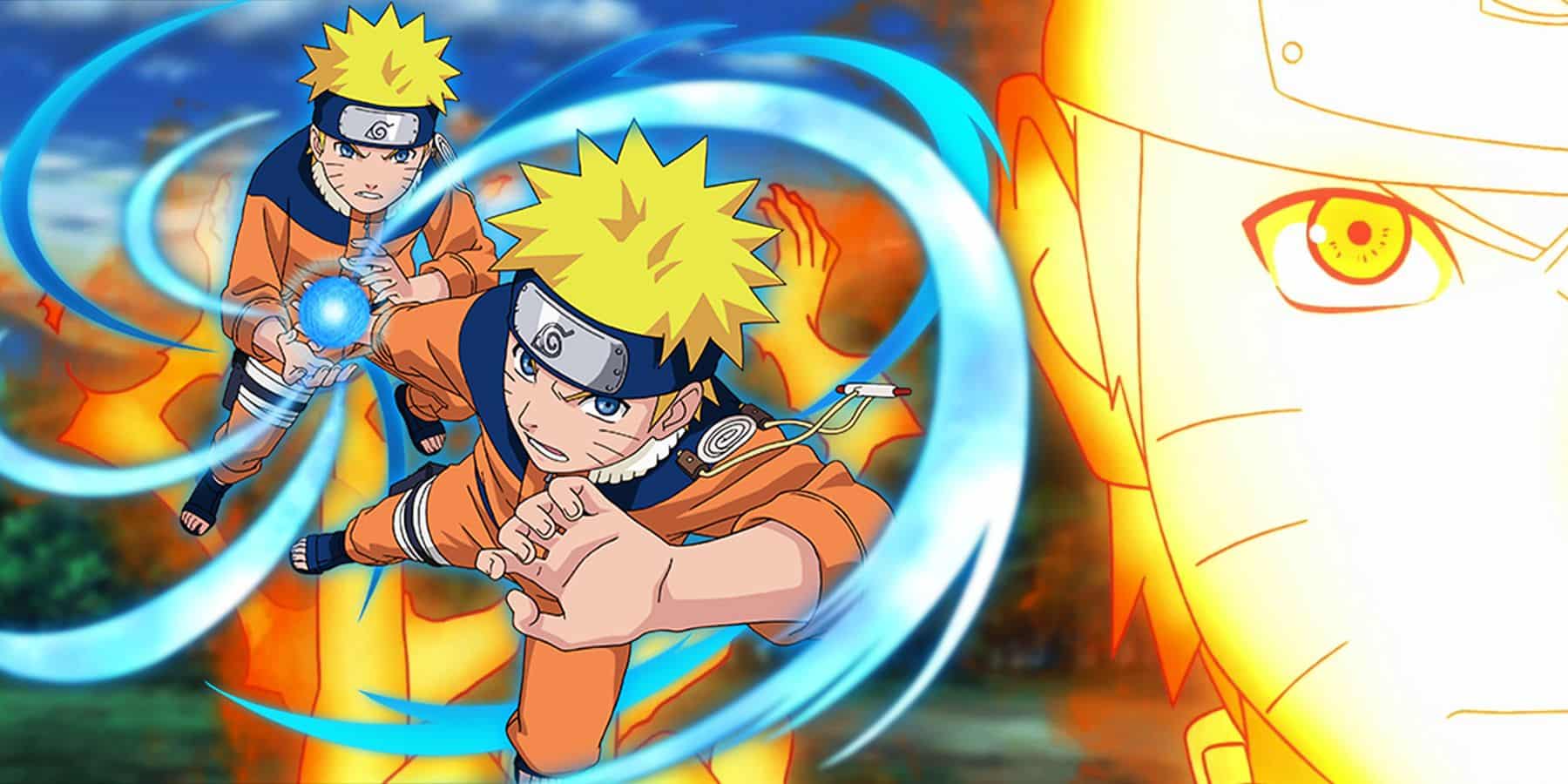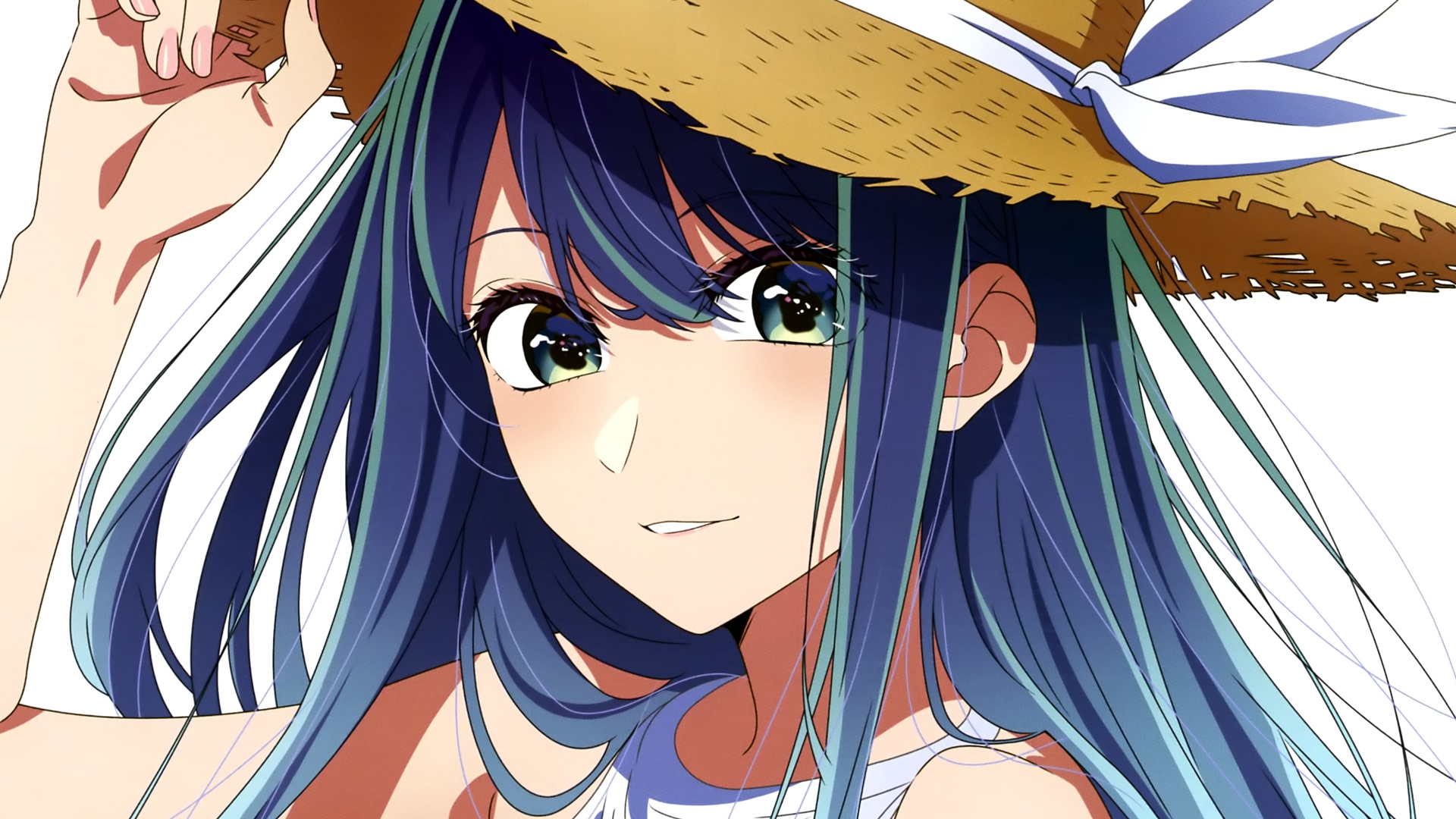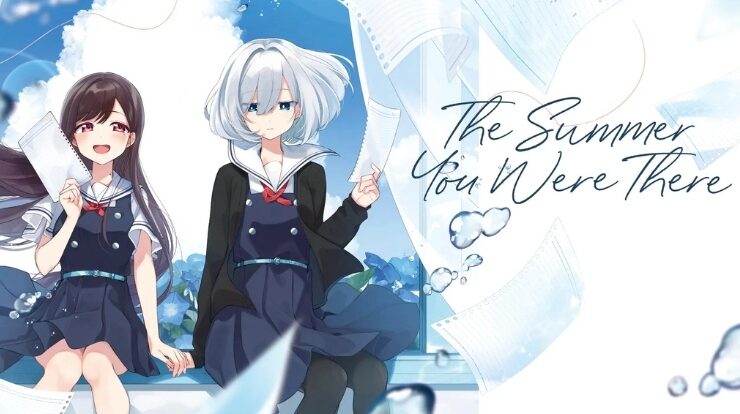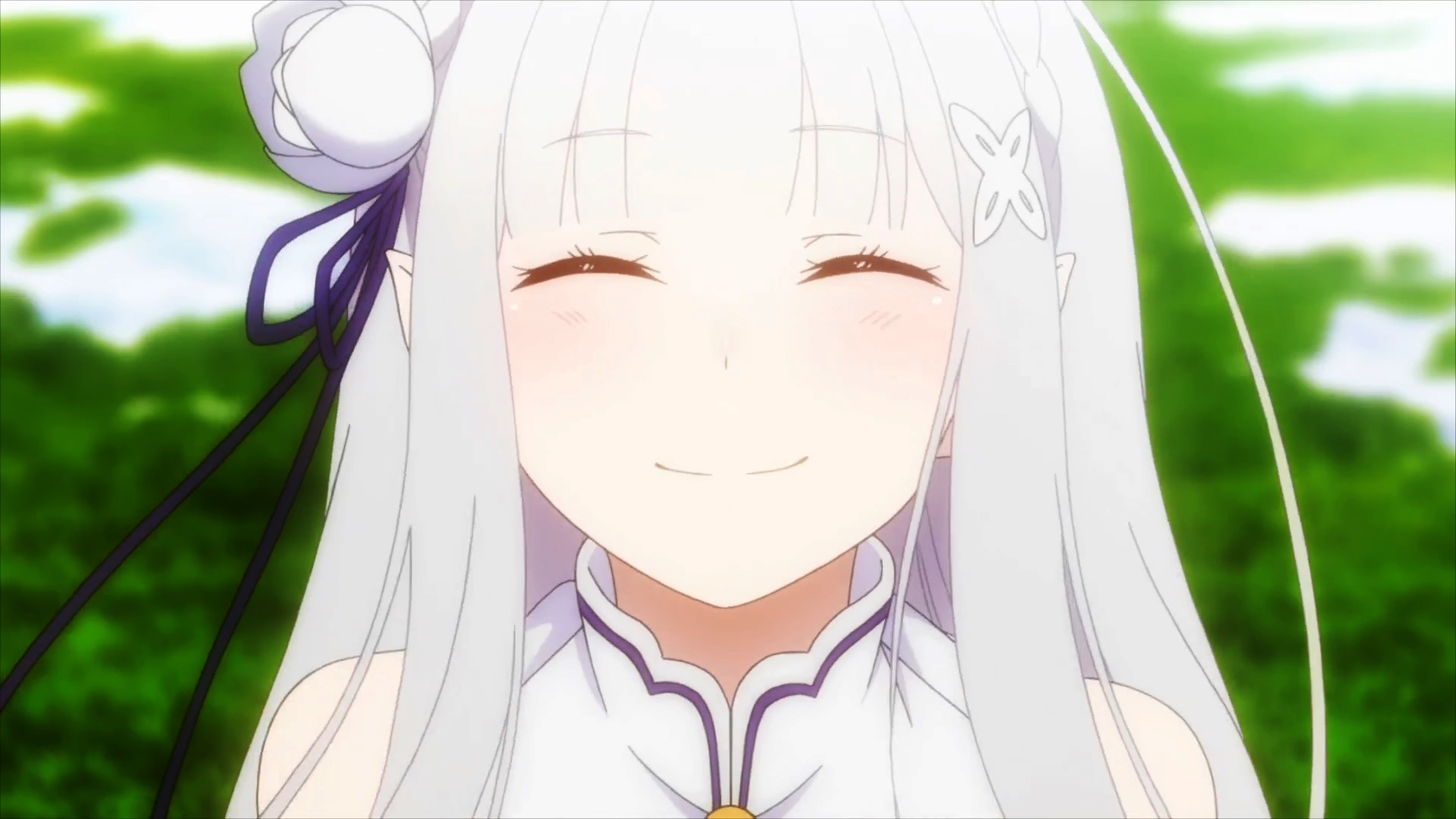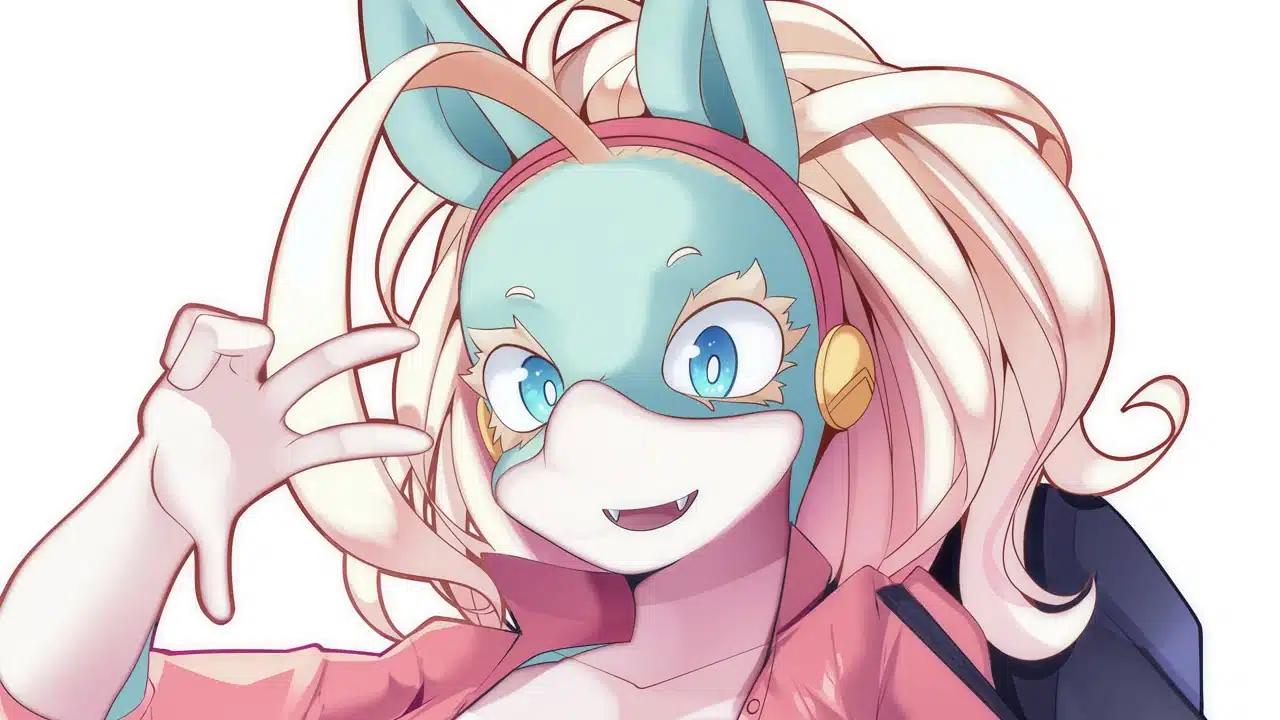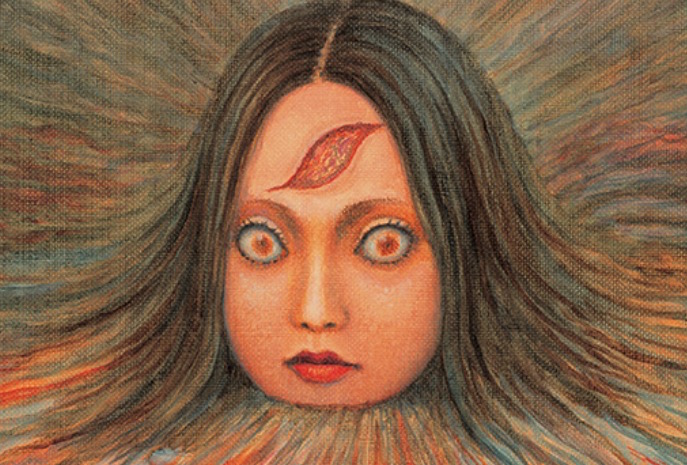Animes
How different is The Boy and the Heron compared to the novel “How Do You Live?”
Advertisement
Highlights
- The Boy and the Crane is a highly acclaimed anime film with deep themes of sadness, self-discovery, and magic.
- Despite being based on How Do You Live?, the film differs significantly in characters and plot details.
- Both works share a common theme of philosophical questions of life, making them spiritually connected despite superficial disparities.
By now you've probably heard of The Boy and the Heron. You know it’s an anime film. You know it comes from Studio Ghibli. You know it may very well be the final film from acclaimed (and now two-time Oscar-winning) director Hayao Miyazaki. You may have also heard that it’s based on a book; How do you live?
However, when released internationally, the producers decided to change the name, which raises the question: could it really be The Boy and the Heron has much (or nothing) in common with romance How do you live?

Related
Where can you stream Hayao Miyazaki's “The Boy and the Crane”?
The Boy and the Crane has been one of the most talked about anime films since its release. Where will it be available to stream?
What is How do you live?
How do you live? is a coming-of-age novel written by Japanese author Yoshino Genzaburo. It was first published in 1937. The story follows a teenager named Junichi Honda, who learns life lessons from his uncle, a philosopher named Mr. Honda. The novel explores themes of morality, existentialism, and the search for meaning in life. It is considered a classic of Japanese literature and has been highly influential in Japan, with many influential Japanese people listing it as one of their favorite books (including Hayao Miyazaki, who would draw inspiration from the book for his eventual final film).
Who is Yoshino Genzaburo?
Yoshino Genzaburo was a Japanese author known for his works of fiction, particularly for his exploration of moral and philosophical themes. How do you live? is one of his most famous works, often cited as a classic of Japanese literature. However, he published several collections of short stories, including Shokugyō to shit on henshusha and Heiwa and no ishi (none of which have been published in English as of the time of this essay).
What is The Boy and the Heron?
The Boy and the Heron is Hayao Miyazaki's latest (and possibly final) film. By definition, the film's plot was shrouded in mystery, but for the purposes of this article we must discuss the story. So if you want to watch the film without any context (as Miyazaki intended), this is your chance to give up now. The story involves a boy during World War II who is uprooted by his father and moves to another city after an air raid destroys his home and kills his mother. While in his new home, he is drawn into a fantasy world by a blue heron, who promises that if the boy does as he is told, she will let him see his mother again. This is an oversimplification, but it's a start. If you don't want to know any more, this is your second chance to give up.
Acclaim for The Boy and the Heron
The Boy and the Heron has been highly acclaimed since its release. It has received rave reviews from critics, is one of the highest-grossing worldwide hits for an anime feature film (especially impressive when you consider that the film is not part of an established franchise), and even won the coveted Academy Award for Best Animated Feature Film, beating out more popular films like Elementary and Spider-Man: Into the Spider-Verse. Considered an underdog to win acclaim due to its personal subject matter, the film nevertheless went far during awards seasons and also won several other awards.

Related
Why didn't Hayao Miyazaki win an Oscar for The Boy and the Crane?
Hayao Miyazaki raised some eyebrows when he appeared to not accept his Oscar for The Boy and the Crane. What prompted his decision not to show up?
How different is the movie from the book?
What's most fascinating about the film adaptation of How do you live? is the fact that it doesn’t really have much in common with the novel it’s based on when it comes to surface details. The book follows the journey of a young Japanese boy named Junichi Honda as he navigates the complexities of life, guided by the wisdom of his uncle Honda. The story begins with Junichi facing the loss of his father and the challenges of adolescence. Throughout his life, Junichi struggles with questions about morality, identity, and the meaning of existence.
Junichi’s uncle acts as a mentor, imparting philosophical insights and life lessons to his nephew. Mr. Honda encourages Junichi to embrace curiosity and approach life with a sense of wonder and curiosity. Through conversations and experiences together, Junichi learns about the importance of integrity, compassion, and self-discovery. And that’s pretty much it. Of course, considering the source material, it’s the wisdom and philosophical questions about life that make the book so captivating to read. The film, however, follows young Soma Santoki as he tries to find his mother. While things like the crane, the fantasy world, and the entire cast of characters don’t appear in the film, the movie does have some surprising connections.
Starting with the fact that How do you live? The novel addresses some very deep questions about life and morality. While Miyazaki's characters may be different, his film is his personal meditation on life and the things he will leave behind. The main conflict of the book revolves around Junichi and how the relationships in his life help shape who he is. Similarly, Soma is also going through changes in his life as new people who come into his life will shape who he is in the end. Ultimately, the name itself is the biggest connection between the two works as How do you live? It is not just a title: it is the central question that both the author and the filmmaker ask when presenting our work to us.
Ironically, it was decided that the title would be changed for international releases, and as such, the one thing the two works had most in common is no longer there. Some might say that this isn’t a big deal, since in a technical film the two don’t have much in common. However, when you look deeper into the themes and how the stories are told, you’ll find that on a spiritual level, both works of art are asking the same questions (although they arrive at different conclusions). So if you enjoyed the film (or vice versa), you might want to check out the other story. Because, interestingly, knowing what the book contains will give viewers much more insight into the film.


More
Why the Boy and the Crane Oscar is so significant
The Boy and the Crane just made Oscar history for a number of reasons.

